Yates Account
Join now
Create a Yates account today!
Sign up to join the Yates Garden Club for monthly e-mails packed with seasonal inspiration, tips for success & exclusive promotions.
Plus if you’re a Garden Club member you can take part in the Yates Growing Community - a blog to share successes, get advice & win prizes in fun challenges along the way!

Forgot password
Enter the email address associated with your account, and we'll email you a new password.
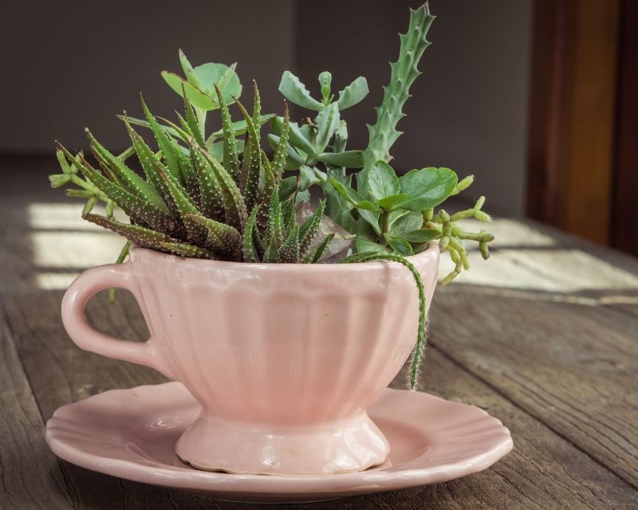
We are obsessed with adorable little plants in teacups. We are seeing more and more people trying this unique way to grow their plants and have a quirky feature in their garden. We’ve compiled some tips on how to achieve success with your miniature Tea Cup Garden.
How to start:
Go to your kitchen cabinet and take stock of what old teacups that are chipped, mismatched or unused for a long time.
You will need to drill at least one drainage hole into the base of your cup. Stick a piece of masking tape over the base and using a small diamond or ceramic drill bit, carefully bore into the teacup.
It does take a while to get through ceramics, and it's important to let the bit cool down so that the heat doesn’t build up from the friction and shatter your cup.
After the holes are drilled, try cutting a small piece of plastic window screening and put it over the holes, to keep the soil in and let the water out. You can also use a paper towel or a coffee filter.
What to plant:
It is important to carefully assess the plant species to be placed inside. In general, they should not be chosen if they are too large or plants with rapid growth. The tea cups are small diameter and the depth is not excessive. Fast growth or worse, if dimensions are not adequate, they will quickly fail.
- Succulents are very suitable are candidates. Visit your local nursery and you will be sure to find a tiny sized succulent plant. Other species you may want to consider are very small ivy, violets, ficus or primroses. To pot them up, part fill the teacup with suitable potting mix, remove the plant from its pot - removing soil and part of the root ball, if needed - position in the cup and backfill with potting mix.
- For a more lively display, look for plant species with variegated foliage or choose the bulbs that are perhaps about to bloom soon, such as hyacinths.
Once you’ve planted your miniature tea cup garden it is very important to water them.
If you let them sit in water, succulents will quickly rot, so using a fast-draining potting mix, like Yates Thrive Cacti & Succulent Potting Mix and ensure your teacups or containers have drainage holes.

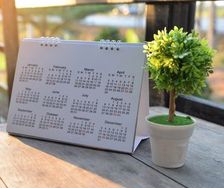
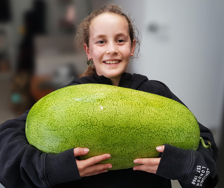
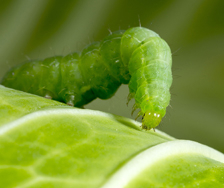
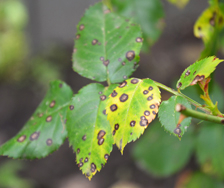
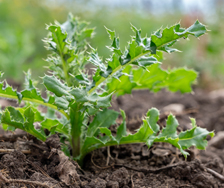








Share
Share this article on social media